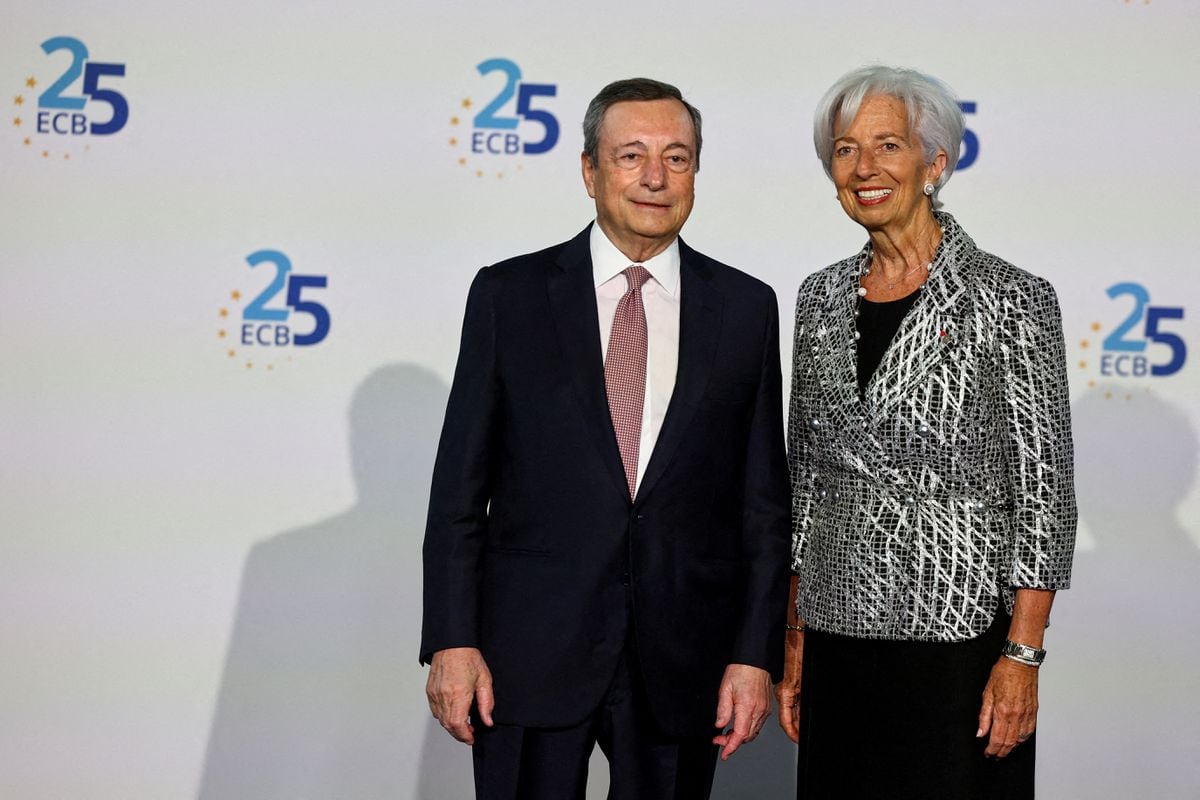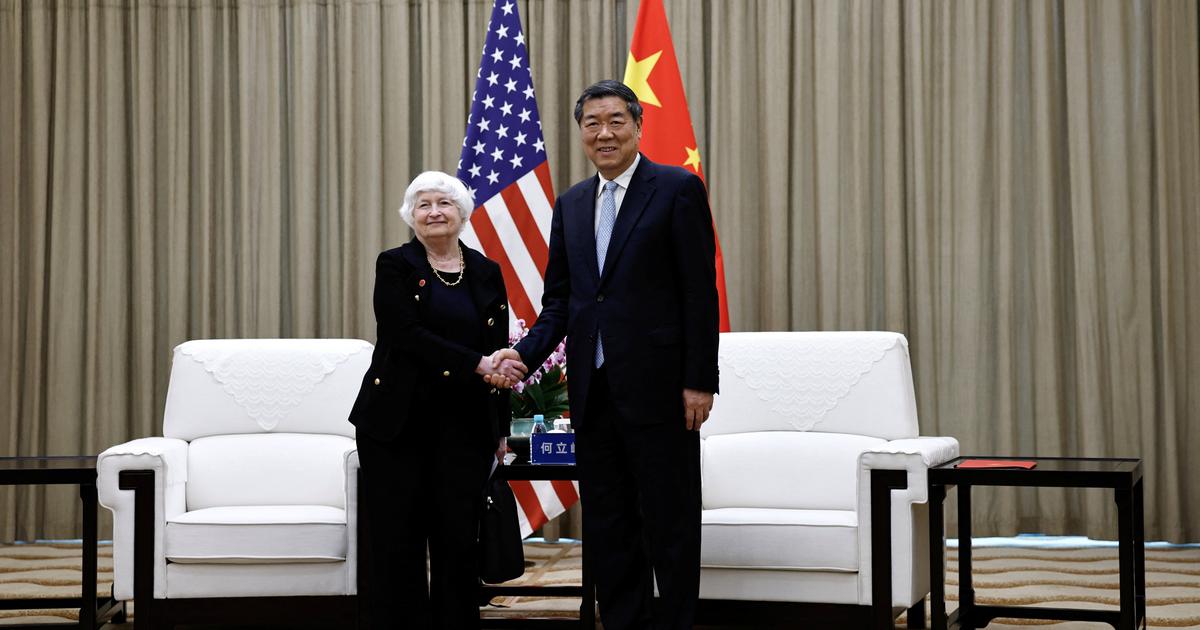How to counteract the inflation that affects the US?
2:55
(CNN Spanish) --
There is no country that can escape the economic cost of the two events that have shaped the world as we know it in 2022: the covid-19 pandemic and Russia's war in Ukraine.
From record-breaking inflation to an expected slowdown in economic growth when the memory of 2020 is still too fresh, this is how the world's largest economies have been affected.
Inflation in the United States is increasing at the fastest pace since 1981, pushed by the record price of gasoline.
And it's not just energy costs: citizens feel the increased cost of food and housing, among others, in their pockets.
The Treasury secretary even went so far as to admit that she was wrong in her analysis of the direction that the price increase would take, which she described in 2021 as a "small risk".
Inflation, a relentless problem in sight
Before Russia invaded Ukraine, inflation was already rising in many countries due to factors such as the existence of an imbalance between supply and demand, the increase in raw materials and financial support policies during the pandemic that led to tightening of monetary policy, recalls Pierre-Olivier Gourinchas, economic adviser and director of the IMF's Research Department, in an analysis of the fund's economic prospects.
In addition, the crisis in the supply chain was added.
The war has led to a surge in commodity prices and the agency expects "inflation to remain elevated for longer" than previously forecast, according to its April report.
In fact, in three months, it increased its forecast for inflation growth in advanced economies in 2022 by 1.8, to 5.7%.
Worsening supply-demand imbalances, including those stemming from the war, and further increases in commodity prices could lead to persistently high inflation, raising inflation expectations and higher wage growth. says the background.
advertising
Another factor mentioned in the April report became apparent in May: the impact of China's lockdowns on the supply chain.
Data from Project44, which tracks global supply chains, showed that shipping delays between China and major US and European ports have quadrupled since late March, when China locked down the city of Shanghai, which has the busiest container port in the world.
The United States, for example, went from an inflation level of less than 2% in 2019, before the pandemic, to more than 7% in 2022. The United Kingdom and Germany also show considerable variations.
A notable case is that of Japan, which, contrary to the trend of other large economies, has had low inflation for years, even reaching negative figures in 2021 that mark a general decline in prices (that is, deflation).
This is a particular phenomenon that responds, according to the governor of the Bank of Japan in statements collected by Efe, to the fact that "deflation still marks the mentality of the people."
The country, in fact, implements measures to try to reverse the trend.
The pandemic sank growth and the war slows the recovery
The year 2020 was disastrous for the growth of the large economies, which, except for China, registered negative figures – in the case of the United Kingdom, even approaching double digits, according to IMF data.
2021 arrived with a strong recovery that is now stalled by the war: the conflict, in addition to increasing inflation, reduces the growth of the economy.
For April 2022, the IMF projected that global growth would slow from an estimated 6.1% in 2021 to 3.6% in 2022 and 2023. This figure, moreover, represented a decrease compared to its forecast for January .
For after 2023, the outlook does not improve: growth of 3.3% is expected in the short term.
Of course, the drop does not have the same impact on all the world's economies, and the emerging and developing ones will pay more dearly in terms of growth, but in the case of the advanced ones there is also an impact: they will take longer to return to the trends prior to the pandemic, according to Gourinchas.
The unemployment factor
The unemployment indicator is, according to a primary analysis, the one that yields the best results for the largest economies in the world.
All the countries considered have lower unemployment than in the peak year of the pandemic.
In the United States, which was the one that hit this indicator the hardest, the difference exceeds four percentage points.
Current unemployment figures are, however, above three percent overall and even higher than four in the case of the UK.














